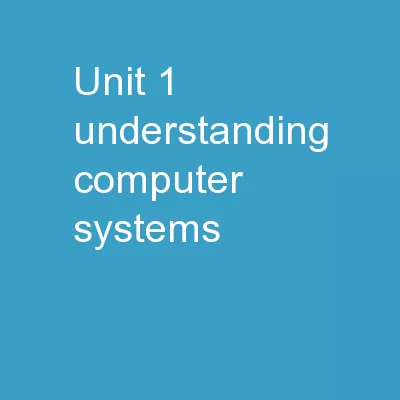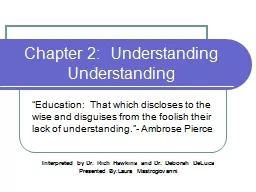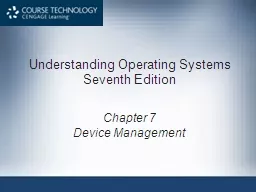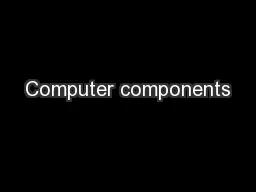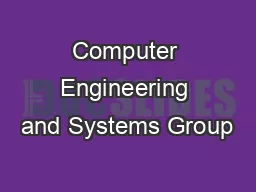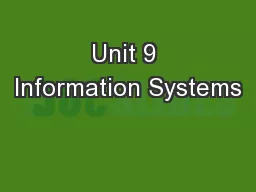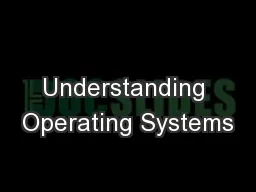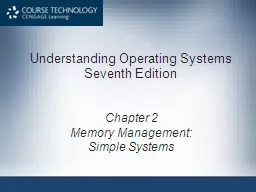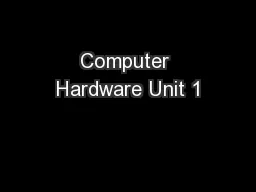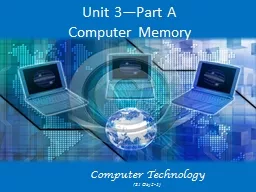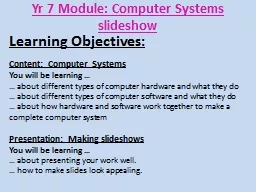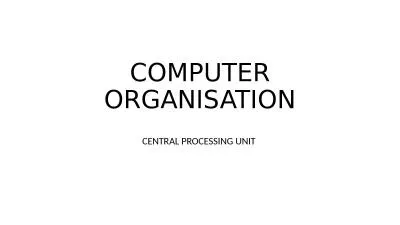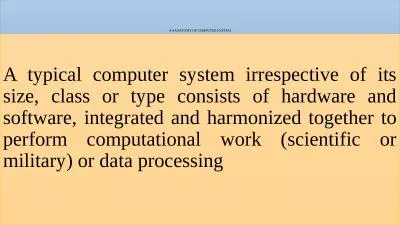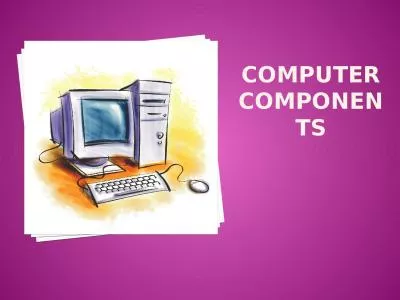PPT-Unit 1 – Understanding Computer Systems
Author : alida-meadow | Published Date : 2018-11-22
Welcome ICT Dept Learning Outcome 1 Checklist L O1 Understand how ICT can be used to meet business needs LO1 Understand how ICT can be used to meet business needs
Presentation Embed Code
Download Presentation
Download Presentation The PPT/PDF document "Unit 1 – Understanding Computer System..." is the property of its rightful owner. Permission is granted to download and print the materials on this website for personal, non-commercial use only, and to display it on your personal computer provided you do not modify the materials and that you retain all copyright notices contained in the materials. By downloading content from our website, you accept the terms of this agreement.
Unit 1 – Understanding Computer Systems: Transcript
Download Rules Of Document
"Unit 1 – Understanding Computer Systems"The content belongs to its owner. You may download and print it for personal use, without modification, and keep all copyright notices. By downloading, you agree to these terms.
Related Documents

